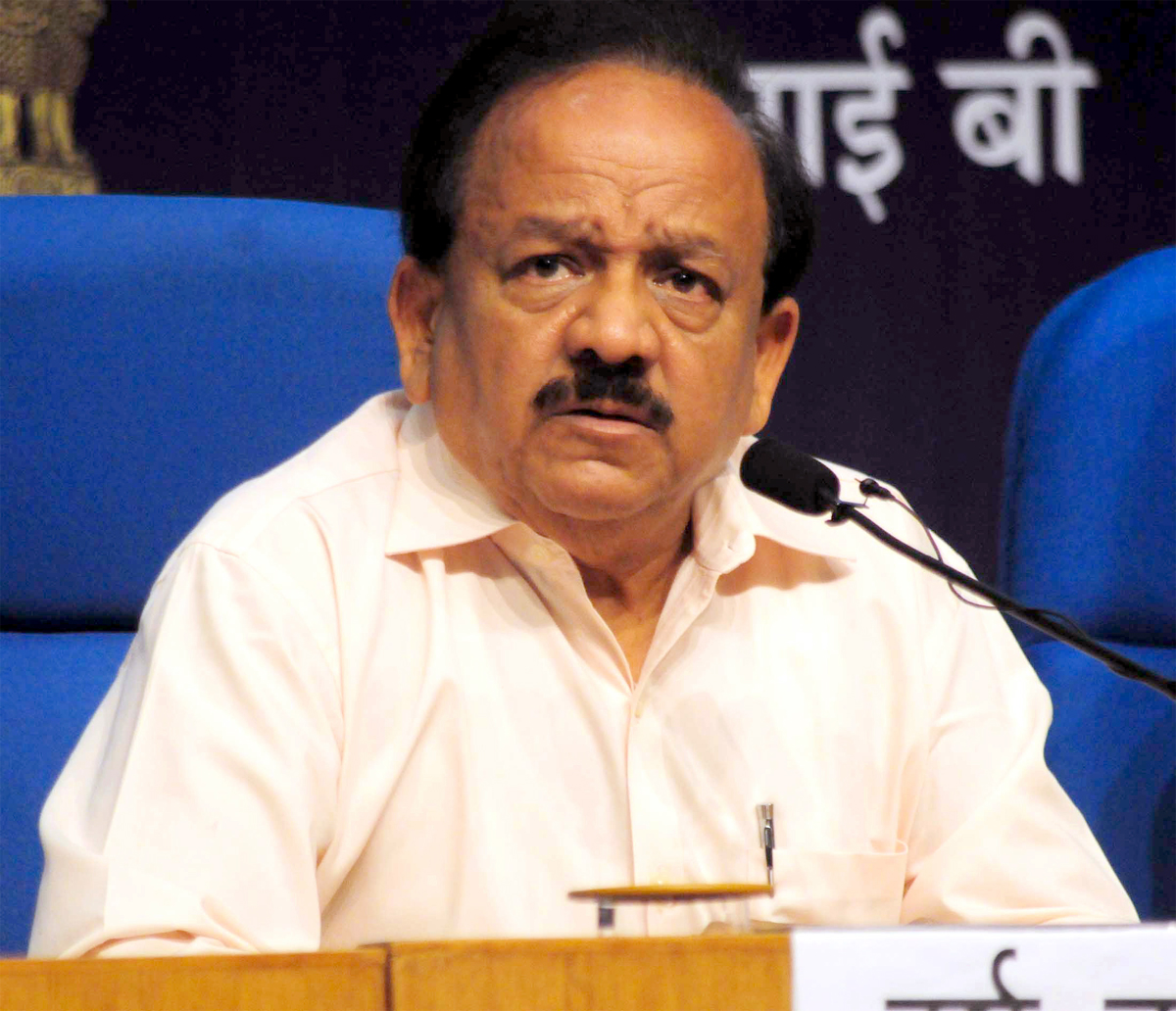‘Infection post-vaccination rare’
NEW DELHI, Mar 30: Tracing 25 to 30 contacts of each COVID-19 case, proper isolation and creating larger containment zones were among steps the Centre has asked States to adopt for tackling the surge in COVID-19 cases.
Calling for a district-centric approach to fight the upward swing in cases, Union Health Secretary Rajesh Bhushan said today that each district, irrespective of whether it is seeing a surge or is with low burden, should formulate an action plan with clear timelines and responsibilities.
Bhushan said the virus can be contained by quarantining and testing individuals suspected to be COVID-19 positive as well as 25 to 30 close contacts of positive persons, isolating, quarantining and testing them.
“Where there are clusters of cases, simply quarantining individuals or families will not help. In that case, larger containment zones with clear boundaries and stringent controls must be implemented,” he said.
In a letter to all chief secretaries, Bhushan said COVID-appropriate behaviour must be enforced using the Police Act, or powers under the Disaster Management Act.
The States have also been asked to map cases based on surveillance activities and focused testing in areas, reviewing sub-areawise indicators like case positivity rate, rate of growth of cases, case fatality, doubling rate of cases, on a real-time basis.
They have also been asked to review the proportion of Rapid Antigen Tests and RT-PCR tests.
“All districts with high caseload and fast growth of cases must ensure saturation vaccination of priority age groups of 45 years and above in the coming two weeks,” Bhushan said in the letter.
He said many districts in the country are seeing emergence of clusters of cases because of specific events and crowding, or where a large number of people are in close physical contact coupled with lack of COVID-appropriate behaviour.
Efficient implementation of the ‘Test Track and Treat’ strategy remains the only proven strategy for controlling transmission, Bhushan said.
The States were asked to identify localities and hospitals where deaths are high.
“Do an analysis (death analysis) to understand the system-related issues of why the death happened whether it was due to late detection (surveillance failure) or late admission in hospitals (delay in referral), or due to clinical care at hospitals (non-adherence to clinical management protocols, lack of oxygen lack of beds, non-transparent procedure of bed allocation). Such issues must be promptly redressed,” he said.
Bhushan said some districts that saw a high number of cases in August-November are again seeing a high growth rate of cases.
“Additionally, a number of new districts that saw a limited prevalence earlier are worryingly showing a surge in cases. States and UTs that currently have low levels of cases, however, cannot be complacent,” the health secretary said.
He said a lack of COVID-appropriate behaviour and laxity in public health effort can lead to a sudden surge.
“If immediate, proactive and focused action is taken by your teams right now, it will be possible to ensure that the infection does not spread into currently low prevalence districts,” Bhushan told the chief secretaries.
Any complacency at this stage and at any level, will have heavy costs, he warned.
Meanwhile, Union Health Minister Harsh Vardhan, who along with his wife took the second dose of COVID-19 vaccine today, said cases of individuals reporting Coronavirus infection post vaccination are “extremely rare” and the disease among them would be “very mild and not progress to an advanced stage”.
Vardhan and his wife Nutan Goel were administered the second dose of the vaccine at the Delhi Heart and Lung Institute. They had taken the first dose of the indigenously developed ‘Covaxin’ by Bharat Biotech, on March 2.
“We are yet to feel the slightest discomfort since our first dose of the vaccine,” the Minister said as he appealed to every eligible person to get vaccinated, especially in light of the Government’s recent decision to extend the inoculation programme to all those above 45 years of age.
Meanwhile, the Coronavirus situation is “turning from bad to worse” and is a huge cause of worry especially for some States, the Centre said today while stressing that the whole country is at risk and nobody should be complacent.
It said eight of the top 10 COVID-19 high-burden districts of the country are from Maharashtra and that Delhi, taken as one district, is also on the list.
At a press conference, Health Secretary Rajesh Bhushan said the 10 districts with maximum active COVID-19 cases are Pune (59,475), Mumbai (46,248), Nagpur (45,322), Thane (35,264), Nashik (26,553), Aurangabad (21,282), Bengaluru Urban (16,259), Nanded (15,171), Delhi (8,032), Ahmednagar (7,952).
Though technically speaking, Delhi has many districts, but it has been taken as one district, he said. (PTI)
Trending Now
E-Paper


